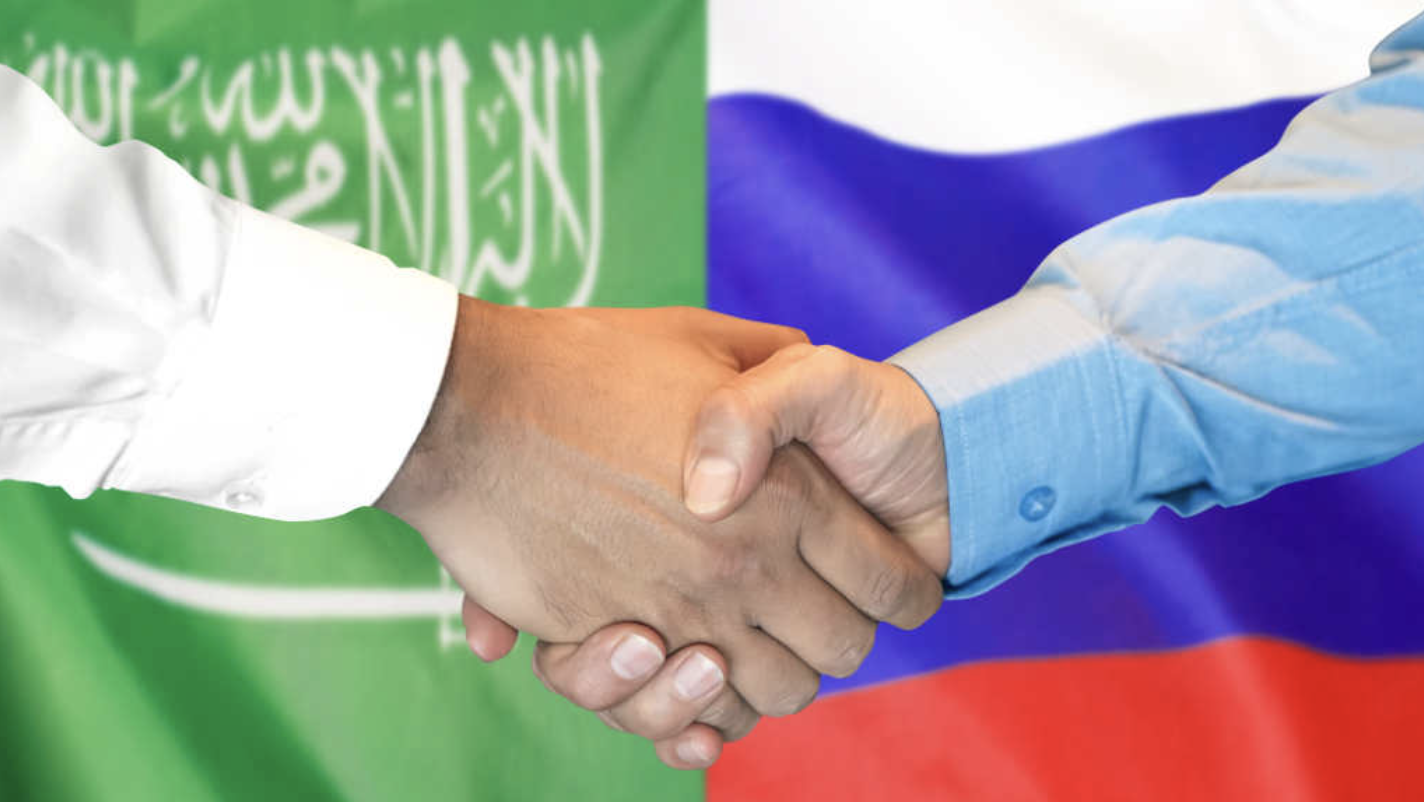In the vast tapestry of the Middle East, where urban skylines and bustling metropolises often dominate the narrative, there exists a quieter yet profoundly significant story of women in rural communities. These women, while traditionally engaged in agriculture and household activities, are increasingly becoming a focal point for financial inclusion efforts in the region. This article sheds light on the remarkable initiatives aimed at providing financial services and support to women in underserved rural areas of the Middle East.
The Challenges of Rural Women
Women in rural Middle Eastern communities face unique socio-economic challenges. The patriarchal structure prevalent in many of these regions has, historically, limited their access to education, economic opportunities, and financial resources. Cultural norms and gender biases have often confined women to traditional roles as homemakers and caretakers.
Financial Inclusion: A Path to Empowerment
Recognizing the importance of empowering rural women and unlocking their potential, governments, NGOs, and financial institutions have launched various financial inclusion programs. These initiatives seek to provide women in rural areas with access to formal financial services, promote financial literacy, and enable them to participate actively in economic activities. The goals of these efforts extend beyond individual empowerment to include broader economic development and poverty reduction.
Access to Banking Services
One of the fundamental steps towards financial inclusion is ensuring that rural women have access to banking services. Mobile banking and agent banking have proven to be effective in reaching remote areas where traditional bank branches are scarce. These services enable women to open savings accounts, access credit facilities, and make transactions conveniently.
Microfinance and Women’s Self-Help Groups
Microfinance institutions have played a crucial role in empowering rural women across the Middle East. By providing small loans and financial training, microfinance institutions help women start or expand their businesses, improve their families’ living standards, and become financially independent. Additionally, self-help groups, where women pool their savings and extend loans to each other, have flourished, fostering a sense of community and mutual support.
Financial Literacy Programs
Financial literacy is a cornerstone of financial inclusion. Numerous programs have been designed to educate rural women about basic financial concepts, savings, budgeting, and investment. These programs not only enhance their financial decision-making skills but also boost their confidence to engage in economic activities.
Supporting Agribusiness and Entrepreneurship
Given that many rural women are engaged in agriculture, initiatives have been launched to support agribusiness and entrepreneurship. These programs provide training in modern farming techniques, access to agricultural inputs, and market linkages. By diversifying income sources and increasing agricultural productivity, rural women are better equipped to break the cycle of poverty.
Government Policies and Commitment
Governments in the Middle East have been actively involved in promoting financial inclusion for rural women. They have implemented policies and regulations that encourage financial institutions to expand their services to underserved areas. Additionally, governments have launched social protection programs that provide financial assistance to vulnerable women and their families.
Challenges and Opportunities
Despite significant progress, challenges persist. Limited infrastructure, cultural norms, and women’s lack of awareness about their rights and available services remain obstacles to financial inclusion. Furthermore, the digital gender gap, where women have less access to smartphones and the internet, can hinder their participation in mobile banking and other digital financial services.
However, the opportunities are vast. The entrepreneurial spirit of rural women in the Middle East is undeniable. When provided with the right tools, resources, and opportunities, these women can drive economic growth, improve livelihoods, and contribute to the overall development of their communities.












